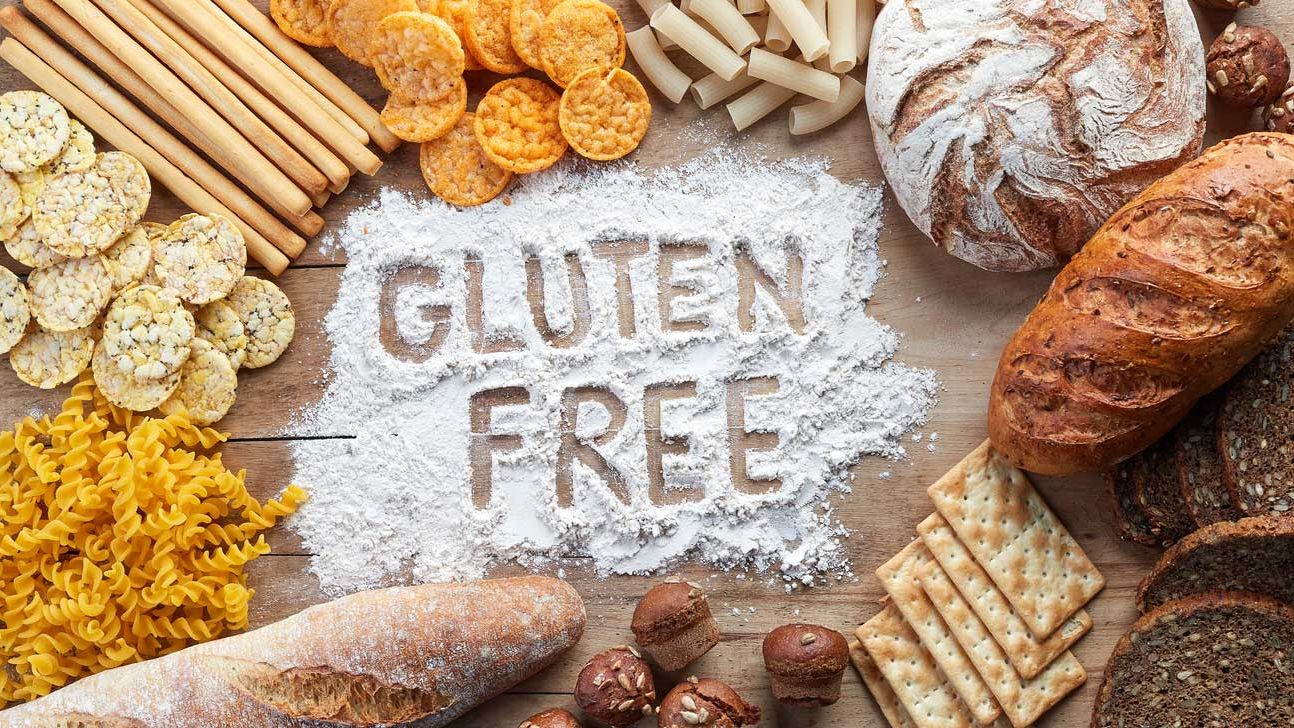Go FREE... or NOT?
Sep 07, 2022
When experiencing IBS symptoms, or following a low FODMAP diet, it is a common misconception that you need avoid either gluten or dairy/lactose (or both)… this is not necessarily the case!! So why do we feel we need to take an all or nothing approach around gluten and lactose when managing IBS symptoms?
Gluten
Gluten is a protein that is naturally found in wheat, barley and rye. As a protein, it plays an important structural role in these products. During the elimination phase of the low FODMAP diet, wheat intake is reduced. This is because it contains high levels of fructans (oligosaccharides, a type of FODMAP). It should be noted that gluten free products are not always low FODMAP and that the low FODMAP is NOT exclusively gluten free. Gluten free is only required for people who are gluten intolerant or suffer from Coeliac Disease. If someone with Coeliac Disease consumes gluten, it causes damage to their small intestine as a result, affects nutrient absorption, leading to deficiencies (e.g. iron, calcium and more) and other potential health problems. People who suffer from Coeliac Disease may experience some symptoms common with IBS. Unlike gluten, FODMAPs do not cause physical damage to our intestinal lining or long-term health complications. It is recommended that when following the low FODMAP diet, bread/cereal products be substituted as these products contain important nutrients like B vitamins and fibre. It is not necessary to completely eliminate gluten.
Dairy
Like gluten, dairy is another thing that is thought needs to be eliminated when experiencing IBS. This is because dairy contains a natural sugar, called lactose, that is a type of FODMAP. When on a low FODMAP diet, it is only necessary to limit dairy/lactose-containing products if you are lactose intolerant. However, this being said, studies have found that people who are lactose intolerant can tolerate up to 12-15g of lactose (equivalent of one glass of milk) per day! It is also suggested that by including small amounts of lactose into the diet can improve tolerance. Luckily, there are so many lactose-free dairy products on the market these days. These products contain lactose that has already been broken down, so that our body doesn’t need to (it’s a win win!). There are also lots of dairy alternatives. However, it is important that when consuming these products that you make sure they contain calcium, a nutrient found in dairy products that is particularly important for females due to its role in bone health. Dairy products that are low in lactose include cheddar, parmesan, feta and brie. Moderate lactose containing products include sour cream & ricotta (yum!).
Although it may be required to avoid gluten and lactose-containing products during the initial phase of the low FODMAP diet, this isn’t forever!! Symptom triggers are completely individual and dietary management is not a one size fits all approach.
Reference list:
1. Everyday Nutrition Australia. FODMAPs vs Gluten. 2020.
2. Monash University. Gluten and the low FODMAP diet. 2015. Available from: https://www.monashfodmap.com/blog/gluten-free-or-fodmaps-culprit/
3. Mcnamara, L. Lactose and dairy products on a low FODMAP diet. 2017. Monash University. Available from: https://www.monashfodmap.com/blog/lactose-and-dairy-products-on-low/
4. Mcnamara, L. What is lactose intolerance? 2016. Monash University. Available from: https://www.monashfodmap.com/blog/what-is-lactose-intolerance/


